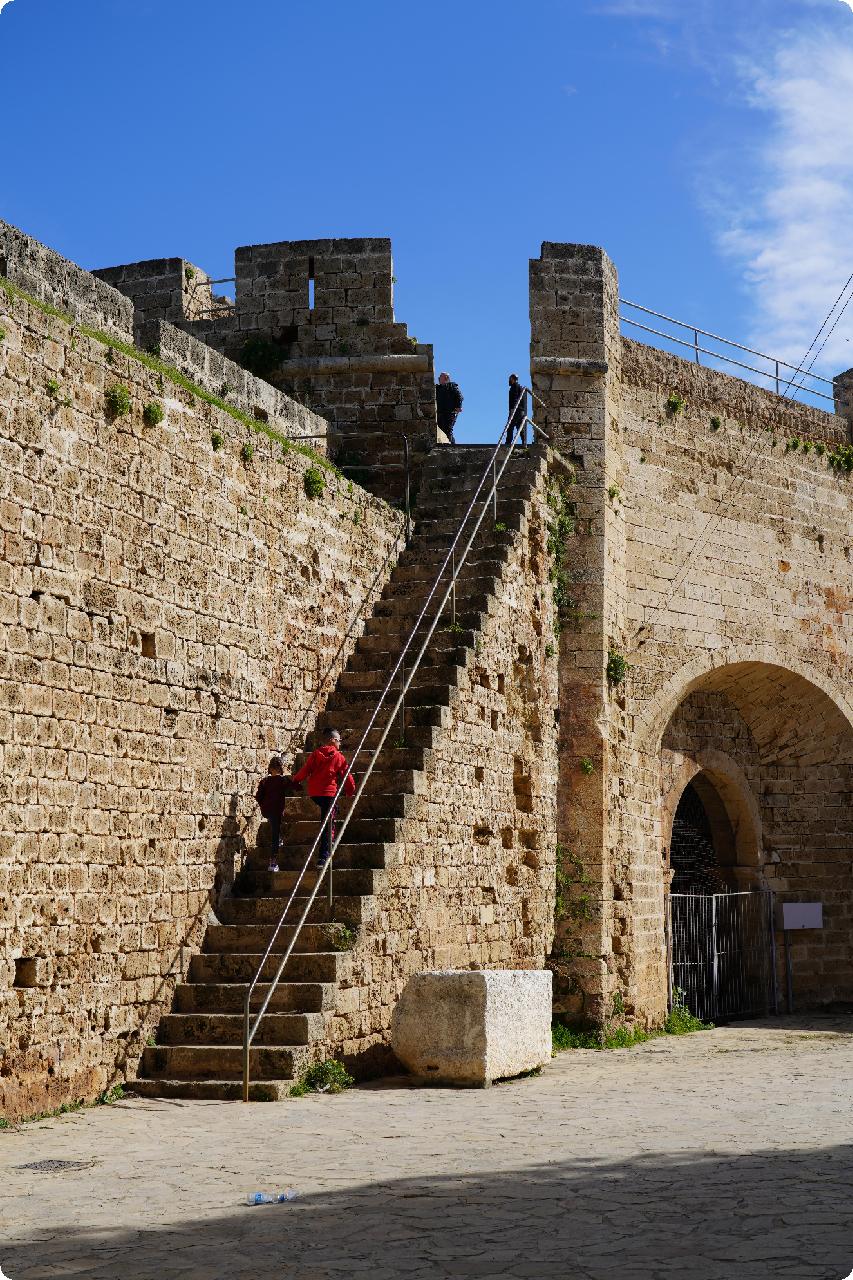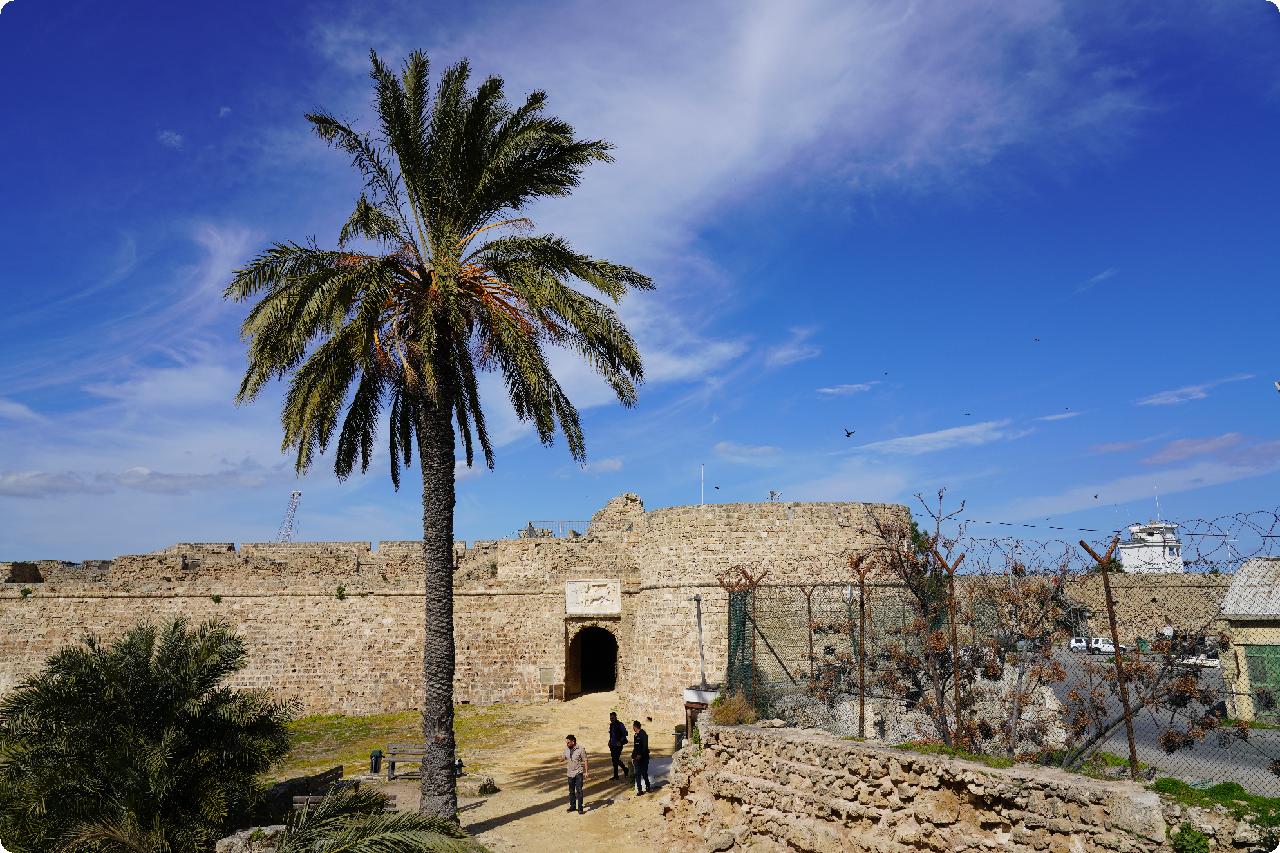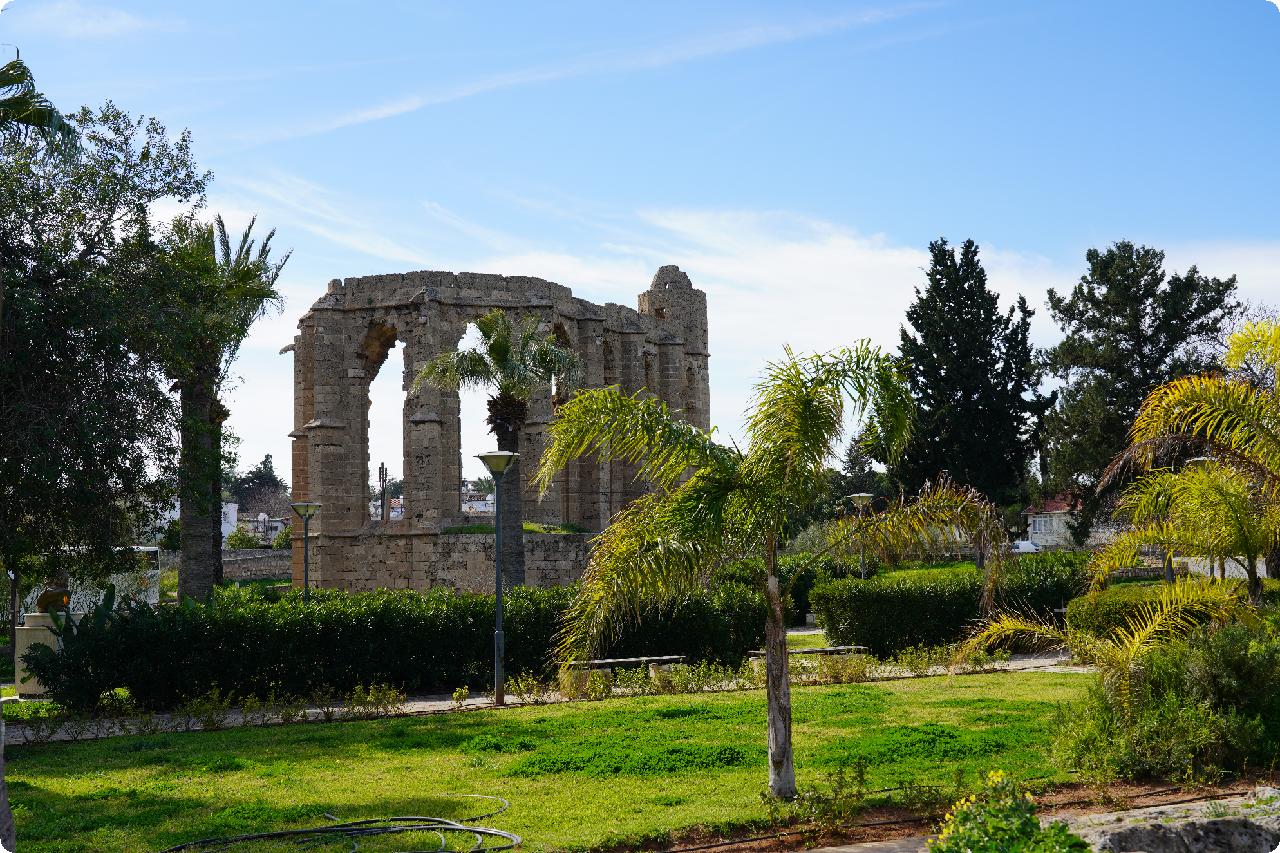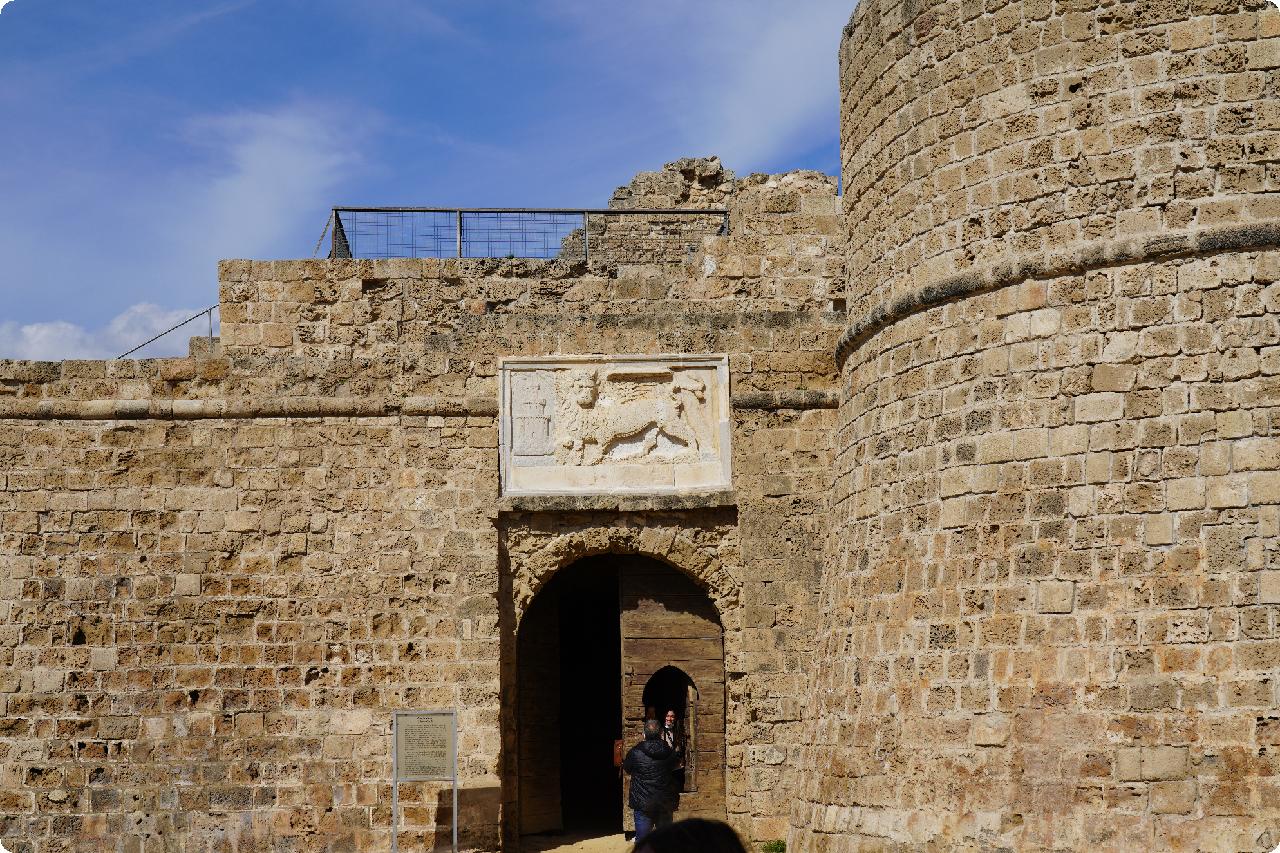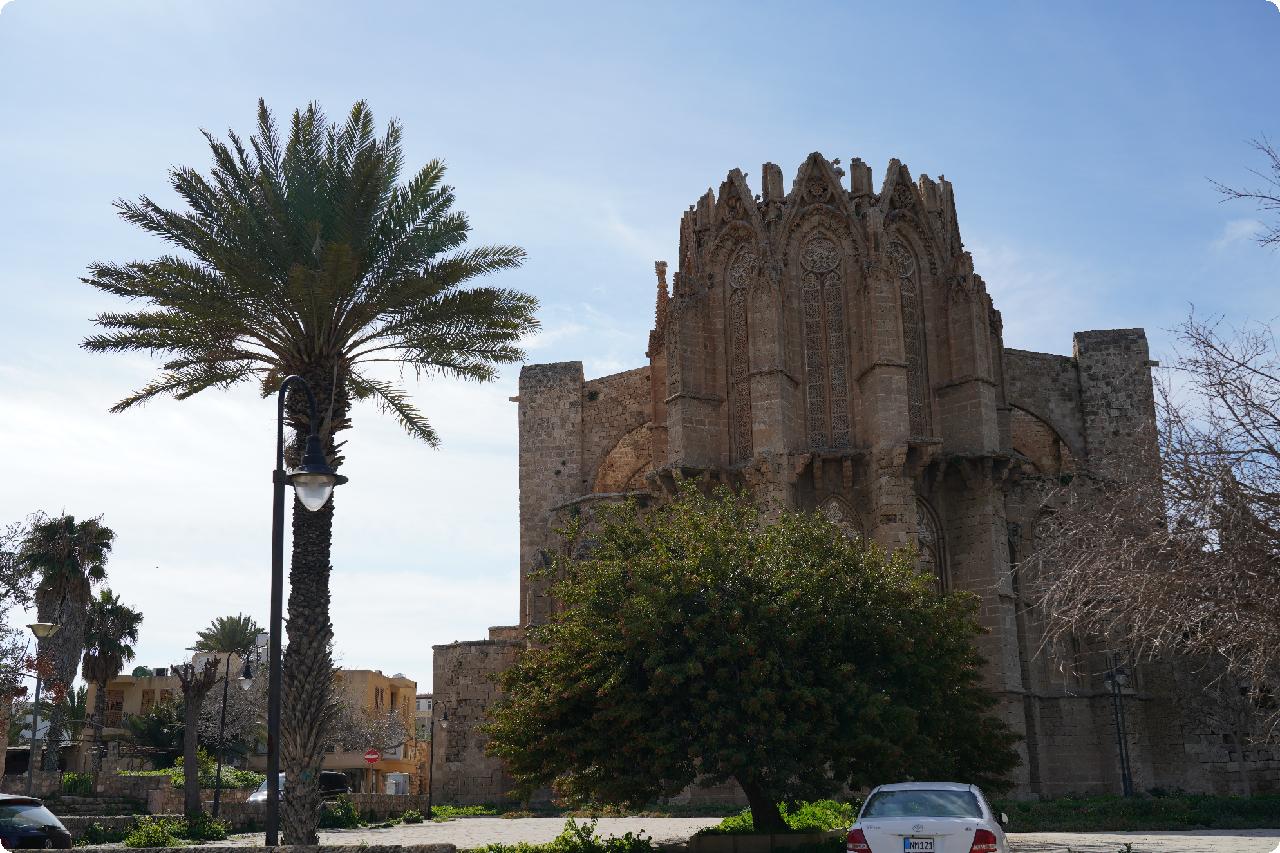FAMAGUSTA
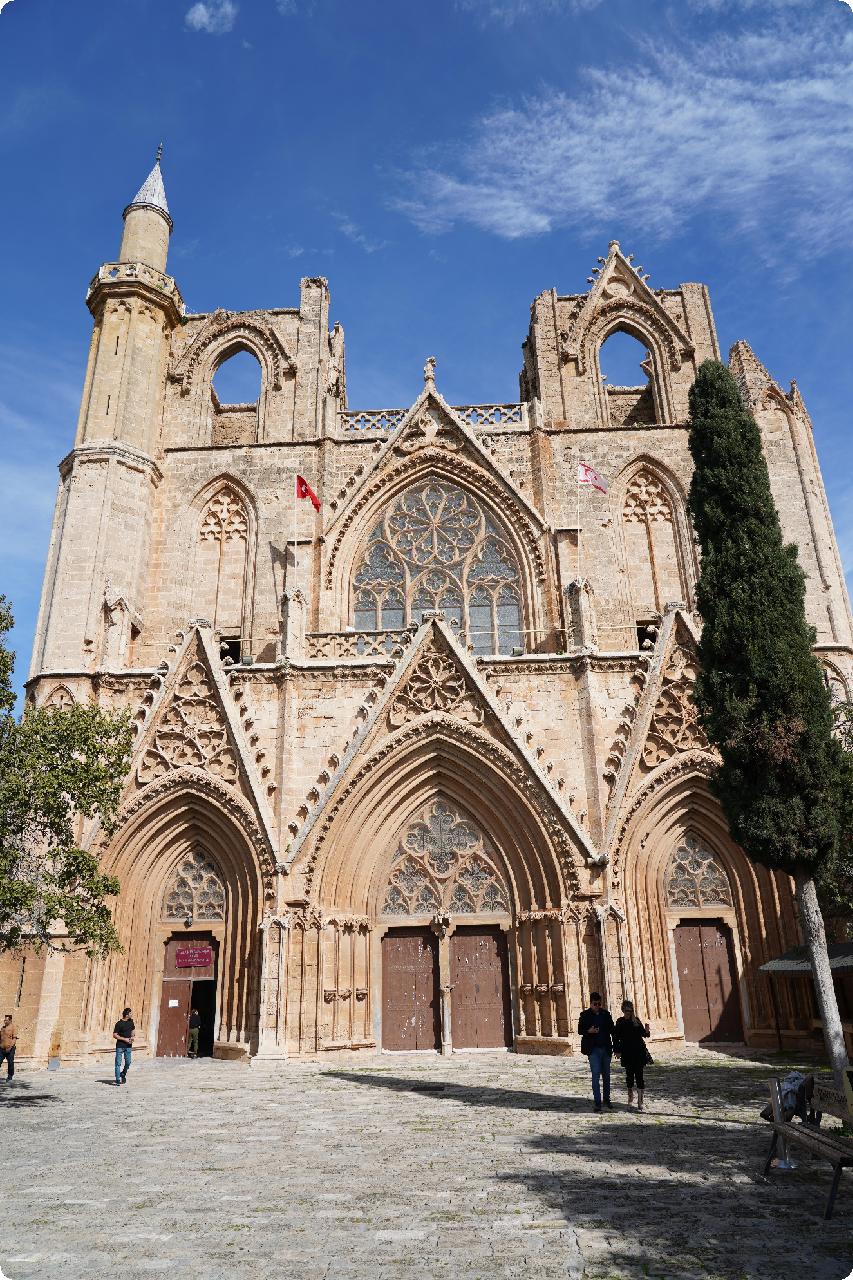
Famagusta is a city on Cyprus' east coast.
It is located east of Nicosia and has the island's deepest harbour.
Famagusta was the island's most significant port city and a gateway to commerce with the ports of the Levant, from where Silk Road merchants conveyed their products to Western Europe, throughout the Middle Ages (particularly under the maritime republics of Genoa and Venice).
Northern Cyprus, which is claimed by Cyprus, has de facto control of the historic walled city and sections of the contemporary city.
Famagusta is the capital of Northern Cyprus' Gazimausa District.
Historic
The town was known in antiquity as "Arsinoe", after the Greek queen Arsinoe II of Egypt, and was referenced by Strabo under that name.
Stadiasmus Maris Magni, recorded in the third century, is spelled as "Ammochostos", which means "buried in [the] sand," which is how Greeks still refer to it.
In Western European languages, this name evolved into Famagusta (originally Famagouste in French and Famagosta in Italian), as well as the Turkish name "Mausa".
The city is also known as "Gazimausa" in Turkish; "Gazi" means warrior in Turkish (ultimately from Arabic, meaning one who fights in a holy war), and the title was given to the city after 1974.
The old town is known as "the city of 365 churches" because of a tradition that claims Famagusta had one church for each day of the year during its zenith.
Ptolemy II Philadelphus constructed the city in 274 BC after an earthquake severely damaged Salamis, and named it "Arsinoe" after his sister.
In the first century BC, Strabo characterized Arsinoe as a "fishing village" in his Geographica.
For a long period, it was just a tiny fishing community.
It later turned into a tiny harbor as a result of the eventual departure of Salamis due to the Arab invasion led by Muawiyah I.
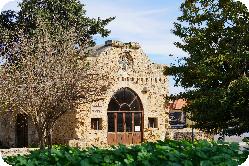 |
Famagusta grew into a full-fledged town throughout this time period.
Because of its natural harbour and the fortifications that protected its inner city, it grew in significance in the Eastern Mediterranean.
Its population started to grow.
The town's growth intensified in the 13th century, when it became a crossroads for East and West trade.
Acre was converted from a little village to one of the richest cities in Christendom as a result of an influx of Christian refugees escaping the demise of Acre (1291) in Palestine.
Genoa conquered the port in 1372, and Venice seized it in 1489.
Famagusta became a town where merchants and ship owners could live in luxury as a result of this business activity.
Famagusta was reputed to have the wealthiest citizens in the world by the mid-14th century.
These businessmen had churches erected in a variety of styles because they believed that people's wealth could be assessed by the churches they built.
Famagusta became known as "the district of churches" because of these churches, which still remain.
The Lusignan palace, the church, the Square, and the port were central to the town's growth, which was centered on the social life of the wealthy.
